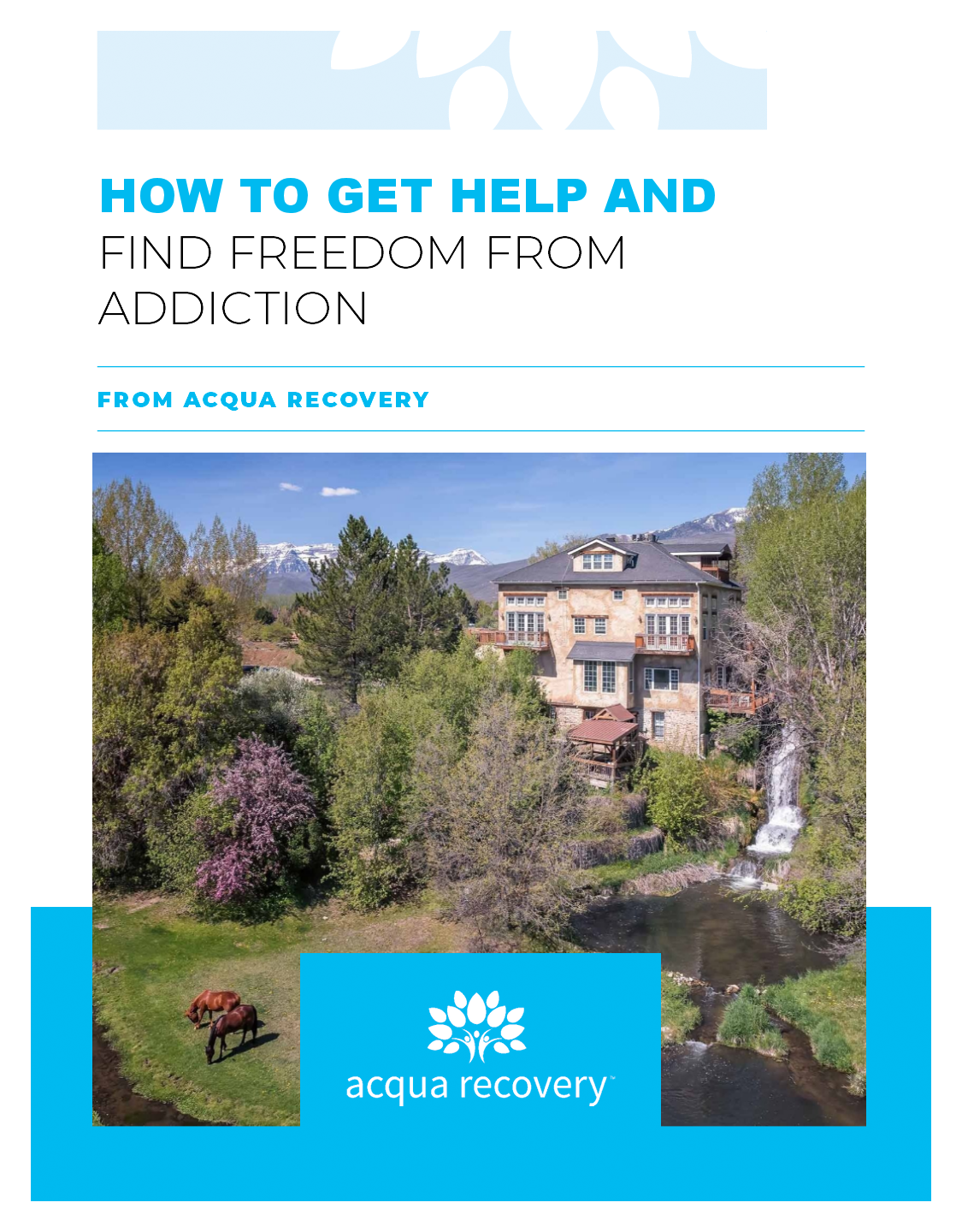In the pursuit of Attention Deficit Hyperactivity Disorder (ADHD) management, two medications often come to the forefront: Adderall and Ritalin. Both are central nervous system stimulants, widely prescribed to treat ADHD symptoms. However, despite their common purpose, these two drugs are not interchangeable. They possess distinct characteristics, reactions, and potential side effects that set them apart.
Adderall, a combination of amphetamine salts, and Ritalin, which contains methylphenidate, have unique pharmacological profiles. These differences can significantly impact their efficacy and tolerability in patients. Understanding these differences is crucial for healthcare professionals, patients, and caregivers alike, as it aids in making informed decisions about ADHD treatment.
This blog sheds light on the differences between Adderall and Ritalin, delving into their uses, results, side effects, and overall effectiveness in managing ADHD. By providing a comprehensive comparison, we offer valuable insights that can guide individuals and healthcare professionals in choosing the most suitable treatment option.
Understanding Adderall: Uses and Effects
Adderall is a widely recognized medication primarily prescribed for the treatment of Attention Deficit Hyperactivity Disorder (ADHD) and narcolepsy. It contains a combination of stimulant drugs, specifically amphetamine and dextroamphetamine. These chemicals work by increasing the activity of certain chemicals in the brain, notably norepinephrine and dopamine, two neurotransmitters that play a crucial role in attention and wakefulness.
Uses:
- ADHD: Adderall helps alleviate symptoms such as hyperactivity, impulsiveness, and inattention by boosting dopamine levels, which are often lower in individuals with ADHD.
- Narcolepsy: With a sleep disorder characterized by excessive daytime sleepiness and sudden sleep attacks, narcolepsy patients may benefit from Adderall’s ability to promote wakefulness.
Effects:
Adderall, when used as prescribed, can have several positive effects on the body, particularly for individuals with ADHD or narcolepsy:
- Improved focus and attention: Increases neurotransmitter activity in the brain, which can help individuals with ADHD maintain focus and attention on tasks.
- Reduced hyperactivity and impulsivity: Helps manage symptoms of hyperactivity and impulsivity in people with ADHD, contributing to better overall behavior control.
- Enhanced cognitive performance: This may improve cognitive functions such as memory, motivation, and the ability to process information.
- Increased wakefulness: For those with narcolepsy, Adderall can promote wakefulness and reduce the occurrence of sudden sleep attacks.
- Behavioral improvements: This can lead to behavioral improvements in children and adults with ADHD, aiding in social interactions and academic performance.
It’s important to note that these benefits are most effective when Adderall is part of a comprehensive treatment plan that may include behavioral therapy and other interventions.
Understanding Ritalin: Uses and Effects

Ritalin, known generically as methylphenidate, is a central nervous system (CNS) stimulant medication commonly prescribed to treat ADHD and narcolepsy. It functions by enhancing the effects of neurotransmitters in the brain, particularly dopamine and norepinephrine, which are associated with attention and impulse control.
Uses:
- ADHD: Ritalin is approved for managing ADHD symptoms such as difficulty focusing, hyperactivity, and impulsive behavior.
- Narcolepsy: It is also used to treat narcolepsy, a condition characterized by excessive daytime sleepiness and sudden sleep attacks.
Effects:
Ritalin can have several positive effects on the body, such as:
- Improved concentration: Ritalin can help to improve concentration and attention span in people with ADHD, making it easier to focus on tasks.
- Control over actions: It may aid in gaining control over actions, reducing fidgeting and impulsivity associated with ADHD.
- Enhanced listening and focus: The medication can make it easier for individuals to listen and focus, which can be beneficial in work or school environments.
- Increased dopamine and norepinephrine: Ritalin influences both dopamine and norepinephrine activity in the brain, neurotransmitters that affect pleasure, movement, and attention span.
- Treatment for narcolepsy: For those with narcolepsy, Ritalin can help reduce excessive daytime sleepiness and sudden sleep attacks.
Ritalin can be beneficial, but it should only be used under medical supervision, and regular check-ups with a doctor are recommended to ensure the medication is working as intended.
Adderall vs Ritalin: Which One is Stronger?
The comparison of strength between Ritalin and Adderall is not straightforward, as their effectiveness can vary based on individual brain chemistry. However, it’s noted that the efficacy of Adderall is about twice as strong as Ritalin, meaning a 5 mg dose of Adderall is equivalent to a 10 mg dose of Ritalin.
It’s important to remember that “stronger” doesn’t necessarily mean “better” for everyone; the right medication for treating ADHD should be determined by a healthcare provider based on individual needs.
Adderall vs Ritalin: A Comparative Analysis
When comparing Adderall and Ritalin, both medications are central nervous system (CNS) stimulants used to treat ADHD and narcolepsy. They share similarities in their purpose and the way they affect neurotransmitters in the brain, but they also have distinct differences.
The chemical makeup of these medications differ. Adderall contains a mixture of different amphetamine salts, including dextroamphetamine saccharate, amphetamine aspartate, dextroamphetamine sulfate, and amphetamine sulfate. Ritalin has a simpler formula and contains methylphenidate.
Though they have different ingredients, Ritalin and Adderall function in the same way. Both medications work by increasing the levels of dopamine and norepinephrine in the brain. This helps improve symptoms of ADHD such as hyperactivity, impulsiveness, and inattention.
A key difference between these medications lies in the timing of their effects. Ritalin tends to work more quickly and reaches peak performance sooner than Adderall. However, Adderall stays active in the body for a longer duration than Ritalin.
Depending on the dosage amount, Ritalin typically offers more variety in forms. Doctors can prescribe this medication in both long-acting, short-acting, immediate release and extended release formulations.Adderall is typically only offered in extended release tablets. The dosage amount for each of these medications of course depends on the individual to whom they’re prescribed.
Both Adderall and Ritalin have the same alternative: therapy. Those who do not want either medication can pursue this treatment alternative. Cognitive Behavioral Therapy (CBT) is recommended as a first-line treatment for ADHD in young children. If medication is necessary, it’s important to monitor for symptom improvement and side effects.
Side Effects of Adderall and Ritalin
Adderall and Ritalin share a therapeutic purpose, but they can also cause a range of side effects that are important to consider.
Both medications can lead to:
- Loss of appetite
- Insomnia
- Dry mouth
- Headaches
- Irritability
- Anxiety
These side effects tend to be mild and usually fade into nonexistence as the body adjusts to the medication.
More severe potential side effects include:
- Speedy heart rate
- Raised blood pressure
- Stomach upset
For Adderall, specifically, an irregular or fast heartbeat and increased blood pressure are primary concerns. Ritalin shares these risks but may also cause stomach pain more frequently than Adderall. Alert your doctor if you experience any of these effects while using either medication.
Long-term use of either medication can lead to additional risks, such as:
- Cardiovascular issues
- Potential for substance abuse
You should only take these medications under the guidance of a healthcare provider, who can monitor for side effects and adjust treatment as necessary.
Effectiveness of Adderall and Ritalin in Treating ADHD
While Adderall and Ritalin are both central nervous system stimulants, they contain different active ingredients and have slightly different impacts on the brain.
- Adderall: Contains a combination of amphetamine salts and is effective in increasing attention and focus in individuals with ADHD. It is believed to work by boosting the levels of certain neurotransmitters in the brain, such as dopamine and norepinephrine.
- Ritalin: Contains methylphenidate and works by increasing the availability of brain chemicals like dopamine and norepinephrine, which can help improve attention and reduce impulsivity and hyperactivity.
Potential Risks and Warnings
Adderall and Ritalin come with a set of potential risks and warnings that are important for users and healthcare providers to be aware of. These risks include:
- Cardiovascular risks: Both medications can increase heart rate and blood pressure, which may lead to serious cardiovascular events, especially in individuals with pre-existing heart conditions.
- Mental health risks: There is a risk of exacerbating symptoms of behavior and thought disorders, including bipolar disorder. New psychotic or manic symptoms can emerge, particularly in children and teenagers.
- Circulation issues: Ritalin and Adderall can cause circulation problems, such as Raynaud’s phenomenon, which affects blood flow to fingers and toes.
- Vision problems: Blurred vision and other eyesight issues have been reported, which could be indicative of more serious underlying conditions.
- Sexual side effects: In men, Adderall may lead to changes in libido, impotence, and frequent or prolonged erections.
- Misuse and dependence: Both medications have a high potential for abuse, which can lead to dependence, misuse, and addiction. Sharing these drugs is also a significant risk.
Adderall and Ritalin: Dependency and Addiction
The stimulant nature of both Adderall and Ritalin has raised concerns regarding their potential for dependency and addiction. Dependency occurs when the body becomes accustomed to a drug, leading to withdrawal symptoms if the drug is stopped abruptly. Addiction is marked by obsessive drug seeking and use, despite any harmful consequences.
Adderall:
- Contains amphetamine compounds that increase dopamine and norepinephrine in the brain.
- Can lead to dependency due to its stimulant properties, and if misused, the risk of addiction increases.
Ritalin:
- Contains methylphenidate, which also increases dopamine and norepinephrine but has a different chemical structure.
- Similar to Adderall, it can cause dependency, and misuse may lead to addiction.
Dual Diagnosis Treatment in Utah
 Acqua Recovery in Utah provides comprehensive treatment for individuals with a dual diagnosis, which refers to the co-occurrence of substance use disorders and mental health conditions. Our approach is integrated and personalized, ensuring that both aspects of the dual diagnosis are addressed simultaneously for effective recovery.
Acqua Recovery in Utah provides comprehensive treatment for individuals with a dual diagnosis, which refers to the co-occurrence of substance use disorders and mental health conditions. Our approach is integrated and personalized, ensuring that both aspects of the dual diagnosis are addressed simultaneously for effective recovery.
Our program includes a combination of mental health therapies, counseling, medication management, and peer support to treat co-occurring disorders. We utilize evidence-based practices such as cognitive-behavioral therapy (CBT) and motivational interviewing to support the recovery process.
Understanding that each individual’s experience with dual diagnosis is unique, we tailor treatment plans to meet the specific needs of each client. In light of this, we emphasize healing the whole person, not just the symptoms or disorders. This holistic approach includes various therapeutic modalities and experiential activities.
Our team is proficiently trained to handle the complexities of dual diagnosis, providing compassionate care and expert guidance throughout the treatment process. By focusing on both mental health and substance abuse issues concurrently, we strive to break the cycle of addiction and promote long-term well-being for our clients.
Contact us today for more information or to speak with our admissions team about enrollment in a treatment program and regaining control over your life.











